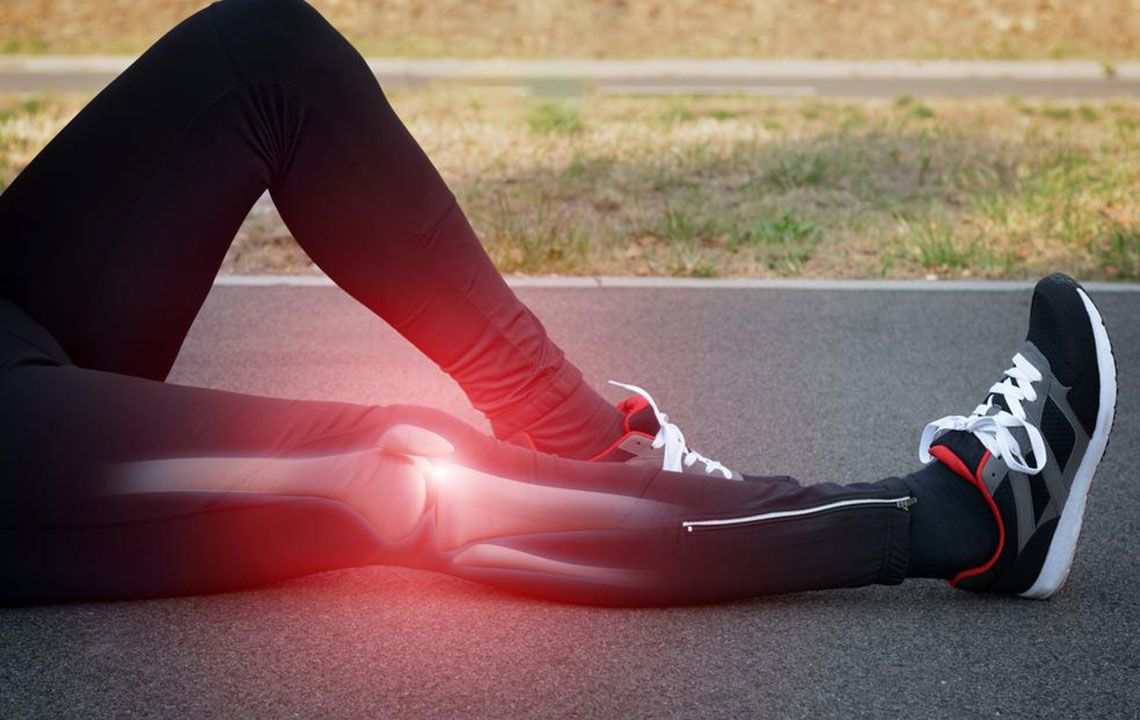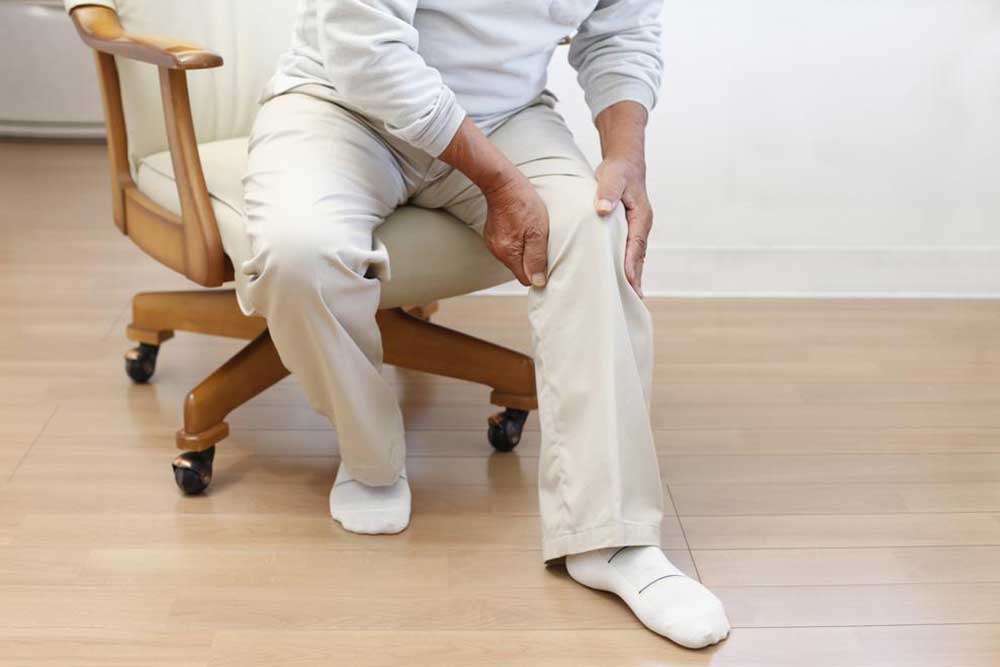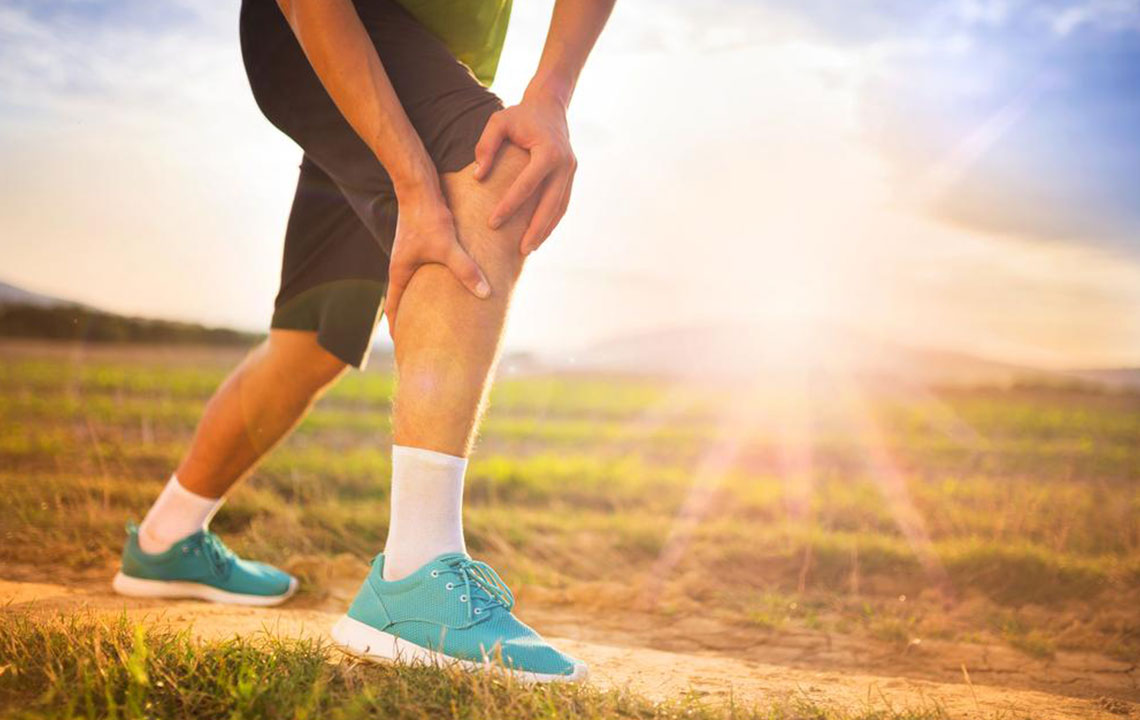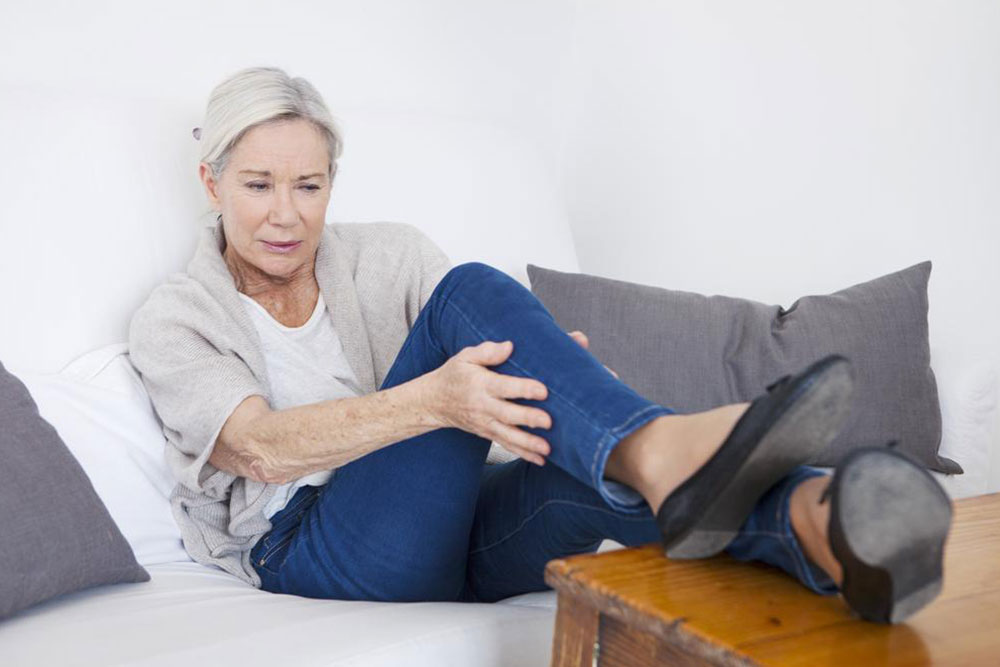Understanding Causes of Posterior Knee Pain
Posterior knee pain can arise from various causes such as arthritis, injuries, cysts, and blood clots. The article explores symptoms, underlying conditions like Baker's cyst, DVT, and common injuries including tendinopathies and meniscus tears. Recognizing these causes helps in timely management, often through physiotherapy or medical intervention. Understanding risk factors and symptoms is crucial for effective treatment and recovery, preventing long-term complications.

Understanding Causes of Posterior Knee Discomfort
Discomfort at the back of the knee, known as posterior knee pain, can stem from various factors. Common causes include arthritis, traumatic injuries, muscle strains, age-related degeneration, improper sports techniques, and more.
This type of pain can range from mild discomfort occurring after a long day to severe, limiting pain that hampers movement and makes sitting or standing difficult. Symptoms may also include stiffness, tenderness, and sore muscles that hurt upon touch.
Serious conditions such as arthritis, tumors, or blood clots can also lead to posterior knee pain. Nerve compression often causes inflamed muscles behind the knee.
Baker's Cyst
Also called a Popliteal Cyst, this fluid-filled sac appears at the back of the knee. In arthritis cases, joint fluid leaks into the cyst, causing swelling. Repetitive knee bending can also cause fluid buildup, forming a balloon-like cyst that results in pain and swelling at the back of the knee. It can hinder full leg movement and is often treatable at home with ice or electrotherapy.
Deep Vein Thrombosis (DVT)
DVT involves blood clot formation in veins behind the knee, leading to difficulty sitting or standing. Clots pose serious risks, potentially causing heart attacks or lung blockages if they rupture. Medical treatment and medication are essential.
Injuries and accidents can also cause posterior knee pain, such as muscle or tendon tears, which may take time to heal. Specific injury causes include:
Gastrocnemius Tendinopathy: Overuse of calf tendons, common in runners and cyclists, leads to degeneration and inflammation.
Biceps Femoris Tendinopathy: Excessive use of the hamstring tendons causes small tears, leading to outer knee pain. Physiotherapy is an effective treatment.
Hamstring Tendonitis: Repetitive leg movement or poor technique can inflame the hamstring tendons, causing mild pain that improves with activity.
Tennis Leg: Intense calf muscle activity can cause tears, resulting in sharp pain in the back of the knee.
Posterolateral Corner Injury: Usually from accidents or sports impacts, this injury causes acute pain on the outer and posterior side of the knee.
Torn Meniscus: Damage to the knee’s cartilage can cause pain, stiffness, and limited movement, often requiring prompt care.










